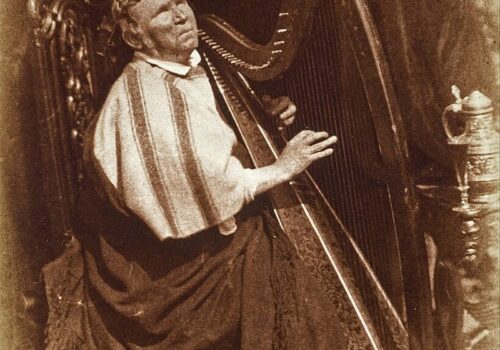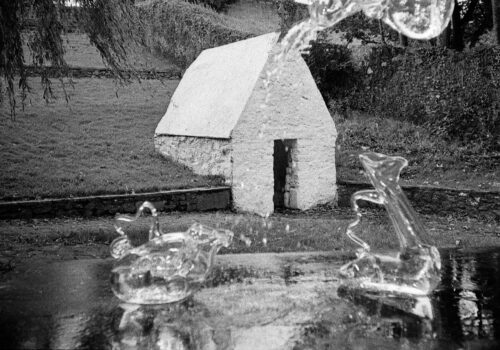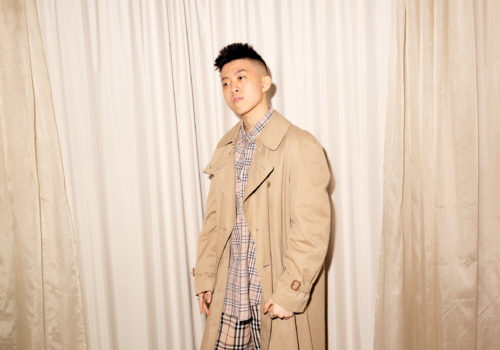The Irish Harp Is the Only Musical Instrument That’s Also a National Emblem
Words: Rachel Hannon
This powerful and historic symbol of Ireland is found on coins, passports, and official government seals including the Presidential Standard.
The Irish Harp is widely known as the only musical instrument in the world that is an official national emblem. Even though the kundu drum is a symbol of Papua New Guinea, and the karyenda drum was a symbol of Burundi and appeared on its former flag and arms, Ireland stands alone in having the harp as a primary, official emblem.
Historical Significance
The harp has been a symbol of Ireland since at least the medieval era, appearing on high crosses as early as the 8th century. Throughout time, its association with Ireland evolved, notably when Eoghan Ruadh Ó Néill used the harp paired with a green background in battle against the English in 1642. It eventually became the coat of arms for the province of Leinster during the 17th century and remains so today. It was adopted as the emblem of the Irish Free State in 1922, representing freedom independence.
Belfast Harp Revival
At The Belfast Harp Festival in 1792, a 19 year old music collector named Edward Bunting was employed to transcribe music played by harpers that showed up. The event was organised to document and preserve the ancient instrument, because at that time, it was a dying tradition. Ten Irish harpers and one Welsh harper attended. The eldest was Denis Ó Hámsaigh who was the only harper to use long fingernails on the wire-strung harp.
The Irish Harp Today
Today, the strings on Irish harps are typically made of nylon, gut or synthetic gut. Thanks to revivals in the 20th and 21st centuries, the Irish harp tradition is vibrant and growing. The annual O’Carolan Harp Festival and other events like Harps Alive carry on this musical legacy. In 2019, UNESCO added the Irish harp to its Intangible Cultural Heritage list to recognize the important place the instrument holds in Irish life and history, securing its beautiful legacy for future generations. The harp continues to be used today on Irish currency, passports, governmental stationery, and the presidential seal, and you might even spot it on a pint glass or inked as a tattoo.





